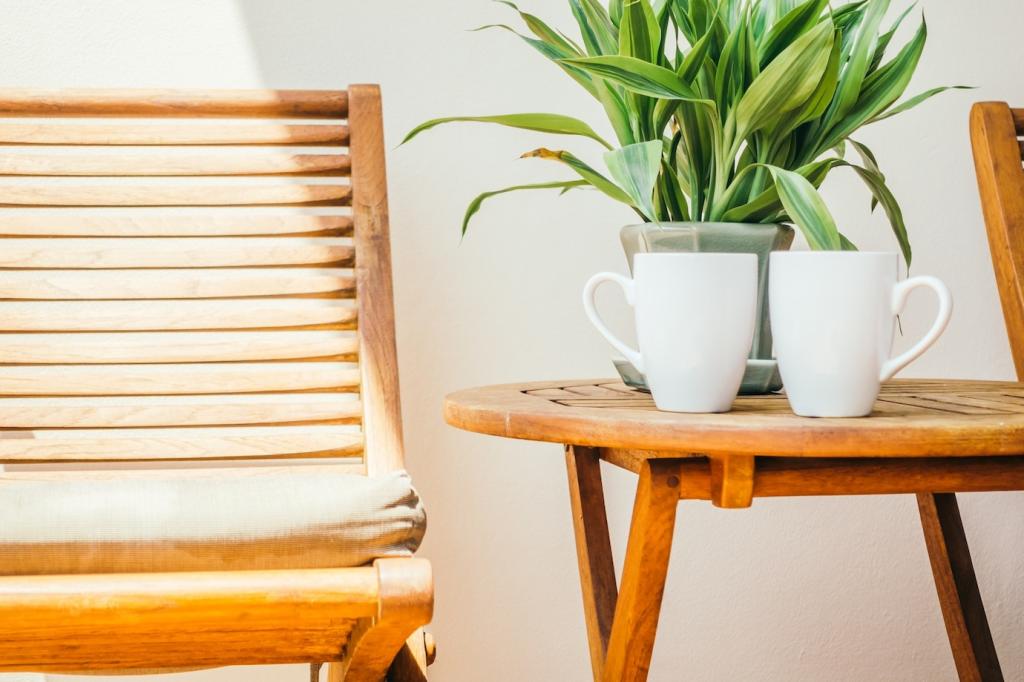
Eco-Friendly Materials in Interior Design
Eco-friendly materials have become a cornerstone of modern interior design, reflecting a shift towards sustainable living and responsible consumption. By selecting materials that have minimal impact on the environment, designers and homeowners can create spaces that are not only visually appealing but also support a healthier planet. From natural fibers to innovative recycled products, eco-friendly choices in interior design help reduce waste, minimize carbon footprints, and promote better indoor air quality. This page delves deep into the world of eco-friendly materials, exploring their benefits, applications, and the future of sustainable interior spaces.
Sustainable Hardwood Choices
Sustainable hardwoods, such as oak, cherry, and maple, come from forests managed to preserve biodiversity, productivity, and ecological processes. These woods are carefully sourced to ensure that harvesting does not deplete resources or harm ecosystems. In interior design, sustainable hardwoods make beautiful, durable flooring, cabinetry, and furniture while contributing to a classic, timeless look. Their longevity reduces the need for frequent replacement, further lowering environmental impact. By selecting certified wood products, homeowners can support responsible forestry and enjoy the warmth that only real wood offers.
The Versatility of Bamboo
Bamboo is a rapidly renewable material that grows much faster than traditional hardwoods, reaching maturity in three to five years. Its strength and flexibility make it suitable for a wide range of applications, from flooring to wall panels and even textiles. Bamboo’s unique grain and natural luster create a modern yet cozy atmosphere in interiors. Because it regenerates quickly without replanting and requires minimal water or pesticides, bamboo is a champion of low-impact design. It appeals to those seeking innovative eco-friendly solutions without sacrificing style.
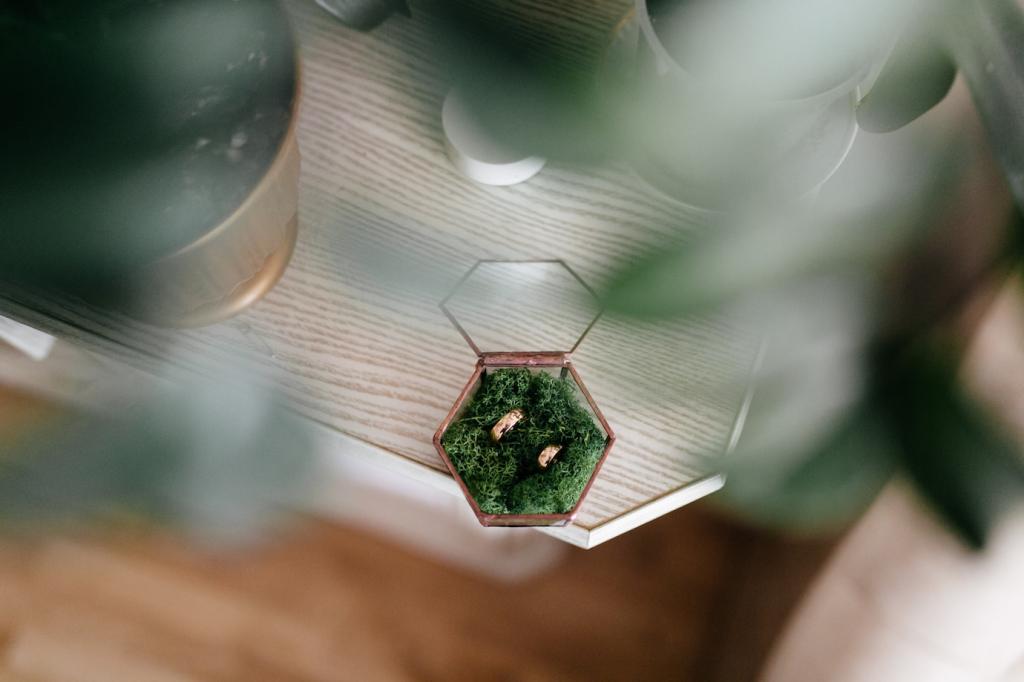
Recycled Glass Surfaces
Recycled glass surfaces offer a vibrant and eco-conscious option for countertops, backsplashes, and tiles. By transforming discarded glass bottles and jars into decorative panels, manufacturers divert waste from landfills and encourage the reuse of resources. The coloring and texture of recycled glass add a unique, modern flair to any interior, making it a favorite for contemporary kitchens and bathrooms. Durable and non-porous, these surfaces are also easy to clean and maintain. Homeowners gain both an enduring product and the satisfaction of contributing to sustainability.

Upcycled Industrial Elements
Upcycled industrial materials, such as steel beams, brick, and metal pipes, are increasingly being repurposed for residential and commercial interiors. Salvaged from factories or warehouses, these sturdy elements are cleaned, refinished, and given new functions as shelving, lighting fixtures, or decorative accents. Upcycling reduces the demand for new raw materials and underscores a commitment to circular design. The visual impact of exposed industrial elements offers a creative blend of rugged authenticity and modern sophistication, proving that waste can indeed be transformed into beauty.
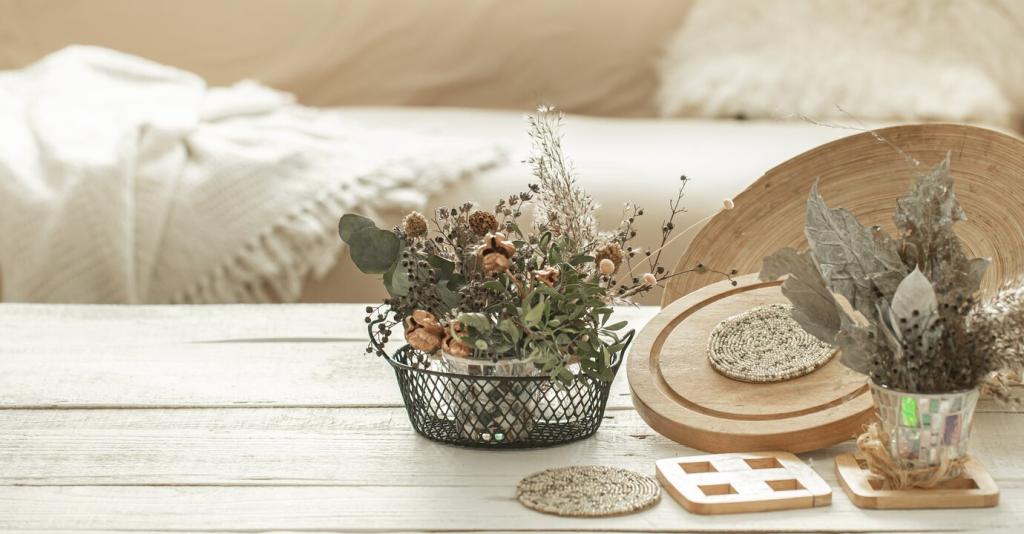
Zero-VOC (volatile organic compound) paints are formulated without the chemicals that typically contribute to indoor air pollution. VOCs can cause respiratory issues and other health concerns, so reducing or eliminating them makes living spaces significantly healthier. Zero-VOC paints come in a broad spectrum of colors and provide excellent coverage, making them a practical choice for walls and ceilings. As awareness grows, more manufacturers are developing high-performance, low-emission paint options, making it easier than ever to paint responsibly without sacrificing quality.

Natural oil finishes, such as linseed, tung, or walnut oil, offer an eco-friendly alternative to synthetic varnishes and sealants. These oils penetrate wood surfaces, nourishing fibers and enhancing natural grain while creating a protective layer. Unlike chemical-based finishes, natural oils emit minimal odors or toxins, making them safer for installers and occupants alike. The matte or satin sheen produced by these finishes brings out a sense of warmth and authenticity in woodwork, aligning with the principles of sustainable living and healthy home environments.
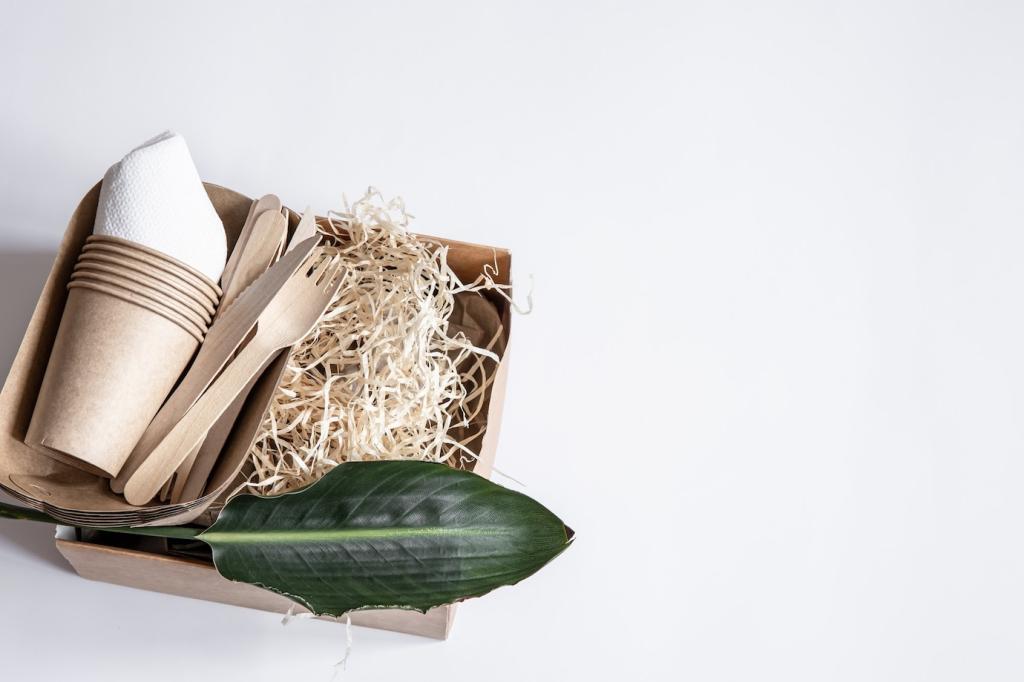
Eco-friendly wood stains are manufactured using water-based solutions and natural pigments, reducing the environmental impact typically associated with conventional stains. These stains retain the beauty of wood while imparting custom colors tailored to the client’s desires. Since they are low in toxins and rapidly biodegradable, eco-friendly stains are ideal for both indoor and outdoor use. With advancements in technology, modern eco-stains deliver rich, lasting color as well as resistance to fading and wear, supporting durable, sustainable design choices.
Natural Fiber Textiles
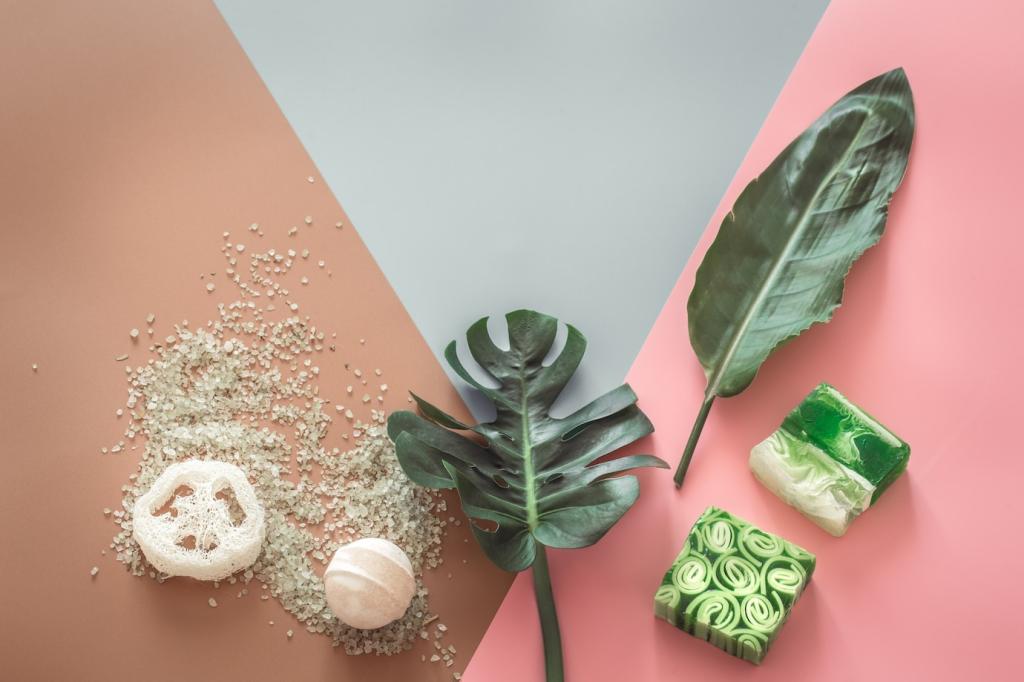
Organic Cotton Fabrics
Organic cotton is grown without synthetic pesticides or fertilizers, making it a safer and more sustainable option for interior textiles. As a result, organic cotton reduces pollution and conserves water, while often supporting fair labor practices. Interior designers use organic cotton for upholstery, bedding, and curtains, adding a soft touch and breathable quality to any room. Its hypoallergenic properties make it ideal for sensitive individuals, and its natural whiteness enhances dye absorption for vibrant, lasting colors.
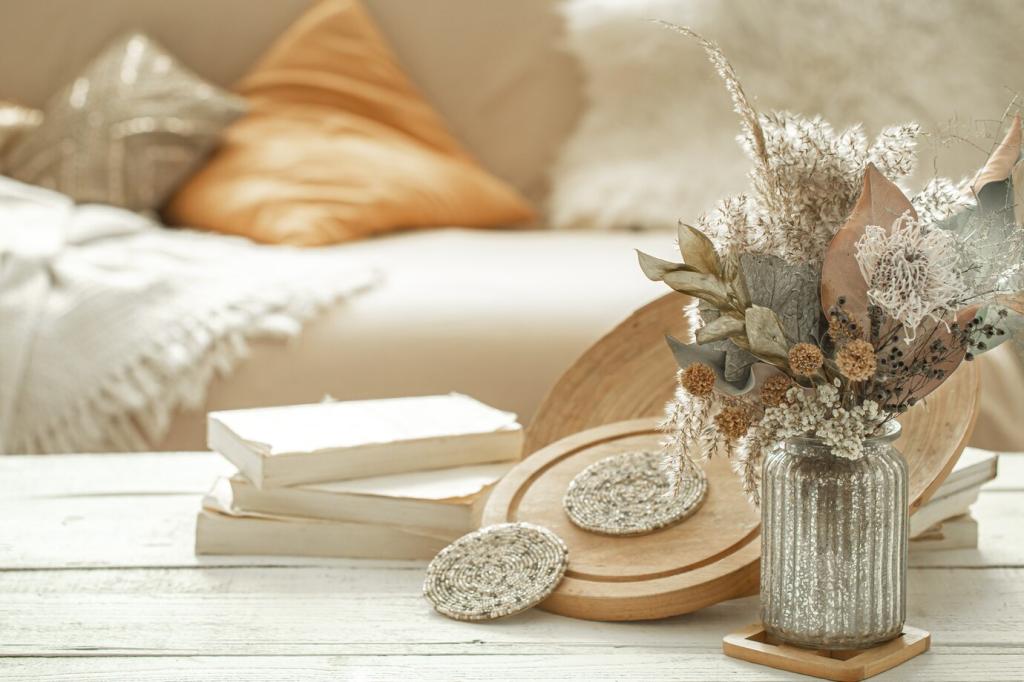
Linen from Flax Plants
Linen is a natural fiber made from the flax plant, requiring minimal pesticides and water for cultivation. Recognized for its exceptional strength and longevity, linen textiles are ideal for drapery, slipcovers, and cushions. The material’s naturally cool touch makes it a popular choice in warm climates, while its elegant texture adds sophistication to both casual and formal interiors. Because linen is biodegradable and compostable, it leaves a light footprint, making it synonymous with sustainability and timeless beauty.
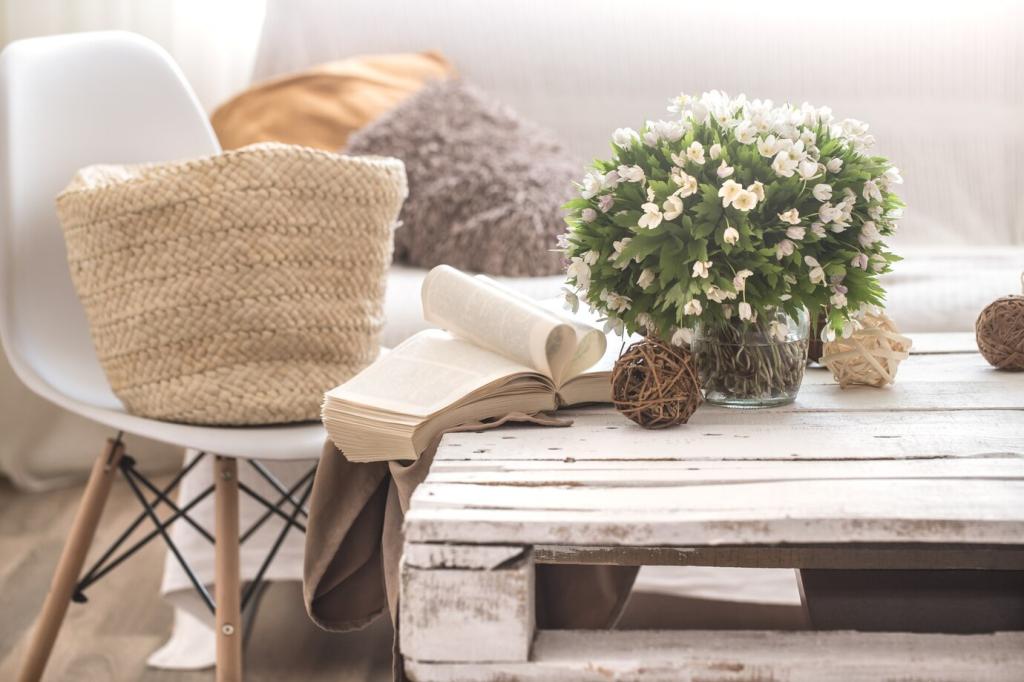
Wool for Warmth and Resilience
Wool is a renewable fiber sourced from sheep, prized for its insulating properties and durability. Unlike synthetic fibers, wool is naturally flame-retardant and resistant to dust mites, offering health and safety benefits for interiors. Used in rugs, throws, and upholstery, wool brings both texture and warmth to spaces. Responsible wool production supports land regeneration and animal welfare, ensuring that environmental and ethical standards are maintained from farm to finished product. Its longevity guarantees years of performance and aesthetic value.

Terracotta and Clay Tiles
Terracotta and clay tiles have been celebrated for centuries for their earthy beauty and lasting strength. Made from abundant minerals, these tiles are shaped and fired without harmful chemicals. Their natural hues range from warm reds to rustic browns, lending character to floors, walls, and fireplaces. Because clay is easily recycled and biodegradable, it stands out as an eco-conscious surface material. Terracotta tiles offer excellent thermal mass, helping to moderate indoor temperatures and lower energy use.
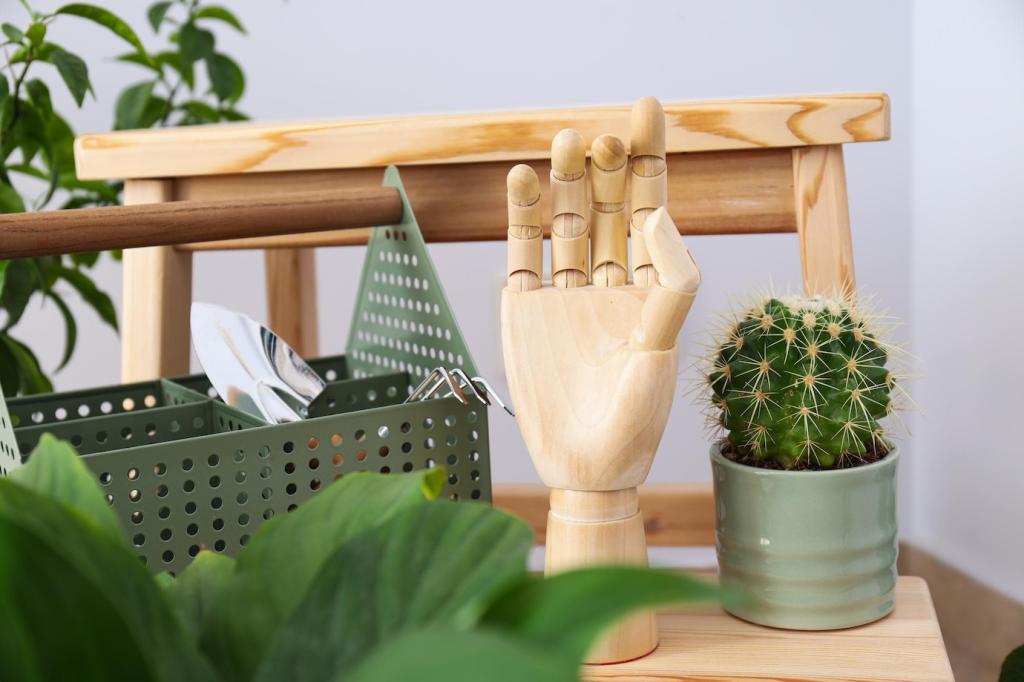
Natural Stone Applications
Using locally sourced natural stone, such as granite, slate, or marble, reduces transportation emissions and supports regional economies. Stone delivers unmatched durability for countertops, flooring, and accent walls. Each slab is unique, showcasing natural veining and coloration that never goes out of style. With no need for synthetic finishes, natural stone remains free from pollutants. When processed responsibly, it can be recycled or repurposed at the end of its life, highlighting its sustainability across the entire lifecycle.
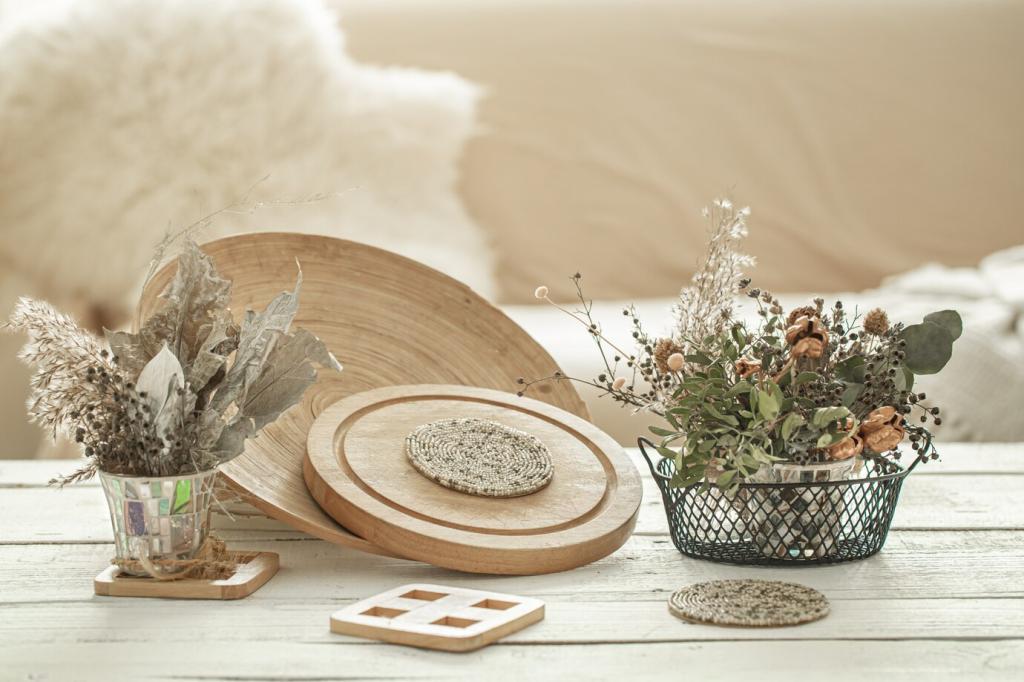
Earthen Plaster and Adobe
Earthen plaster and adobe are ancient building materials made from clay, sand, straw, and water. These mixtures create resilient wall finishes that regulate humidity and improve indoor air quality. Free from synthetic additives, earthen plasters are non-toxic and contribute to a healthy living environment. Their tactile texture and warm tones provide a naturally inviting atmosphere. Modern eco-design revives these age-old techniques, marrying tradition with a commitment to environmental stewardship and occupant well-being.
Biophilic Design and Living Materials
Green walls and vertical gardens incorporate living plants into interior spaces, enhancing air quality while creating stunning visual interest. These installations range from small herb walls in kitchens to expansive plant installations in commercial lobbies. By absorbing carbon dioxide and releasing oxygen, green walls help regulate humidity and foster a calming indoor environment. Their presence not only beautifies a space but also supports mental health and concentration, making them a key element in modern biophilic design.

Energy-Efficient Insulation and Windows
Recycled Insulation Materials
Recycled insulation materials, such as cellulose made from newspaper or denim, offer effective thermal performance without the environmental harm of conventional fiberglass. These products are free from harmful chemicals and are often treated with natural fire retardants. Their use diverts significant waste from landfills and conserves resources. Recycled insulation not only keeps interiors cozy but also improves soundproofing. With advances in manufacturing, such materials rival or surpass traditional insulators, making them a smart choice for sustainable renovations and new builds alike.
High-Performance Glazing
Modern window technology, such as double or triple glazing, dramatically reduces heat transfer between indoors and outdoors. High-performance glazing uses layers of glass separated by insulated gases to prevent energy loss. Coatings that reflect infrared energy and block ultraviolet rays contribute to comfort and protect furnishings from fading. When paired with responsibly sourced frames—including FSC-certified wood or recycled aluminum—these windows provide long-lasting energy savings. Their adoption lowers building emissions and enhances environmental resilience.
Smart Shading Solutions
Smart shading systems, such as automated blinds and energy-efficient drapes, optimize natural lighting while minimizing heat gain or loss. Made from sustainable fabrics and integrated with home automation, these solutions respond to sunlight, temperature, and time of day, maintaining optimal internal conditions. Smart shading reduces the need for artificial lighting or air conditioning, saving energy and costs. By marrying technology and sustainable materials, designers create interiors that are both eco-friendly and highly functional.
